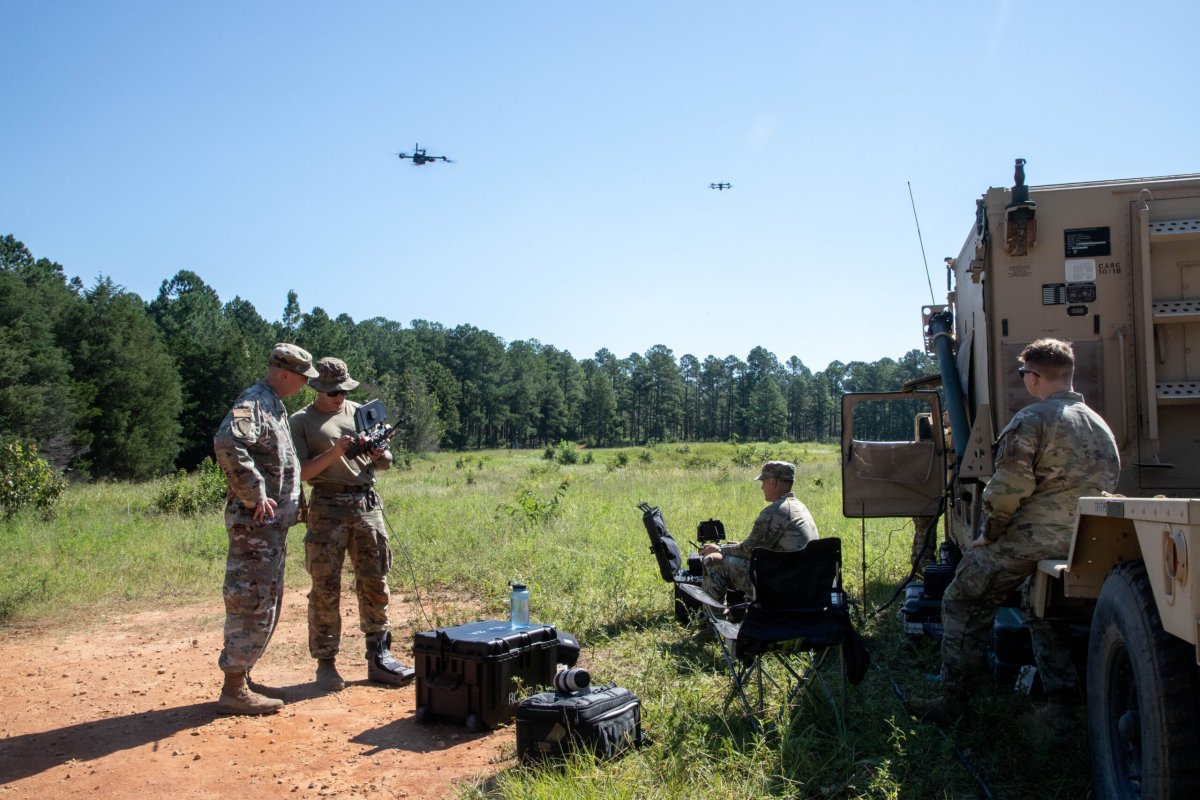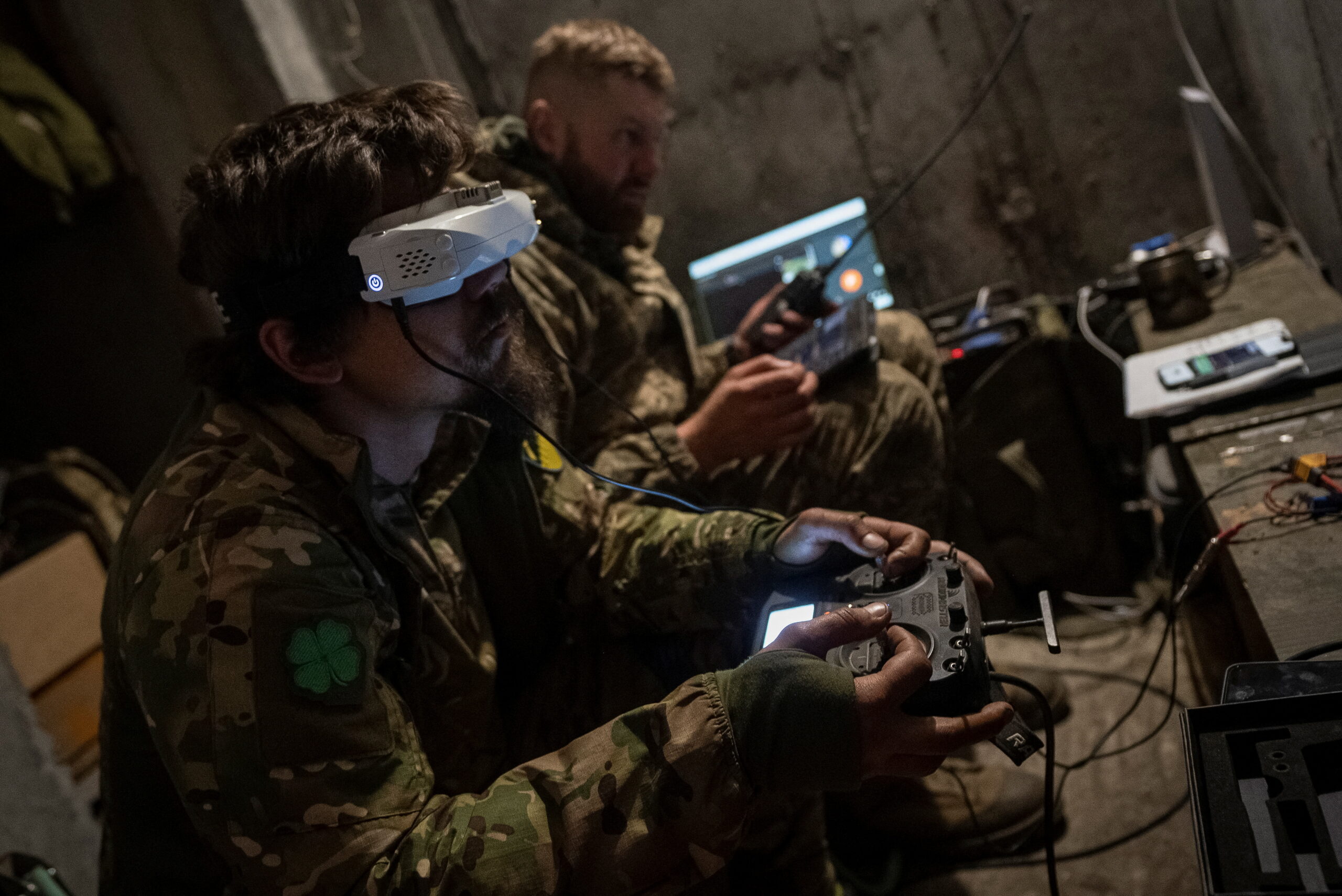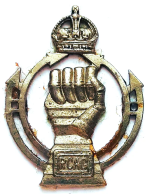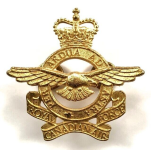He’s talking Close Support, not GS, so that would generally mean 155
So it wouldn’t be HIMARS/MLRS type systems.
I don’t like to think of Artillery as a Bde system- more of a Division and Corps setups, Bde’s to me should be maneuver units.
So 3-4 CS Arty units / Division and one GS unit (I’m using unit as opposed to Reg’t or Bn).
Given Canada’s predisposition to put 4 maneuver units into a Bde, I would like one CS subunit / maneuver element for direct support . That means 4 gun batteries / unit.
I’m willing to go to a 6 gun Bty (vice my prefered 8 gun) to get the 4th Gun Bty as a CS subunit for the 4th maneuver unit — and I accept tanks won’t be used in isolation, but I still like a 1 Bty / Bn support setup.
That leaves one with an Arty Bde / Div with 4 CS and 1 GS unit. As well as 2 GS Rocket units at higher (Corps Arty).
So you would have 3 Inf and 1 Armour and
Cbt Eng assets for those units / Bde
At Div, you would have the Arty Bde and Eng Bde.
Then your Corps assets
So for a 2 Division force you would need 10 Arty units and 2 for higher for a total of 12.
So each Arty CS unit would be 24 guns (vice 18 from the 3x6 - see I still get my 24 gun Unit

)
So 8 CS units @ 192 tubes
4 GS units (3x8 batteries/unit ) @ 96
So in my world you would end up with
96 M109A8 for 1 Cdn Div
96 M777 for 2 Cdn Div
96 HIMARS - 24 to each Div, and 48 on Corps/Theatre Support.
* I would be willing to have 2 of the 4 CS units in 2Div be M109A8 as well - as I believe if 2 Division was needed to be deployed as a Division it would likely be as a result of a LSCO where the Airborne/Airmobile/Light aspect of 2Div would be fairly localized and the fact that half of the Artillery was tracked Artillery wouldn’t be a major issue.
Plus 20% spares and training so let’s say 20 extra of each.
So 116 each.
I would also have 120mm Mortar Platoons run by each Maneuver unit
As well as 1 ADA Unit / Division and 2 at “Corps”









